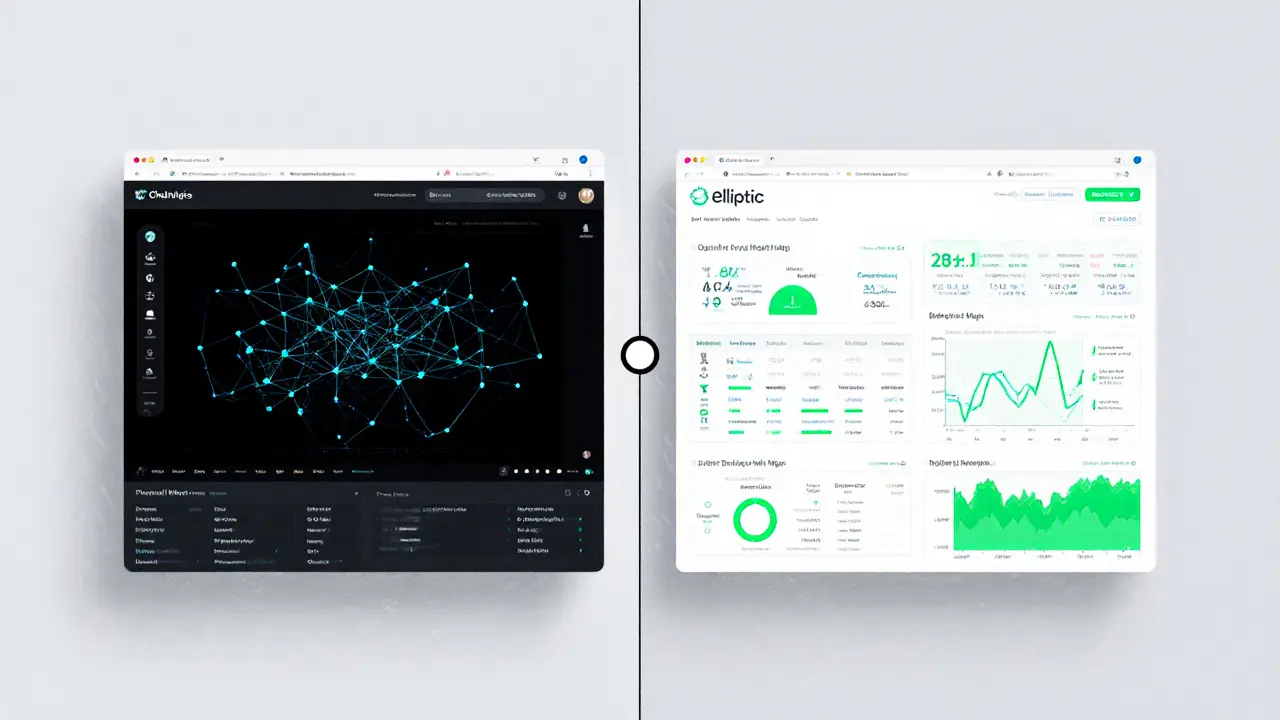Blockchain Forensics Tools: What They Are and Why They Matter
When working with blockchain forensics tools, software and methods that trace, analyze, and attribute activity on distributed ledgers. Also known as crypto forensic solutions, they help investigators follow money, spot illicit behavior, and meet regulatory demands.
cryptocurrency mixers, services that obscure transaction trails by pooling and reshuffling funds. Also called mixers or tumblers, they are a major obstacle for forensic analysts because they deliberately break the link between sender and receiver.
blockchain analytics, platforms that aggregate on‑chain data, apply graph algorithms, and generate risk scores. Known as crypto analytics platforms, they give investigators the data layer they need to start any tracing effort.
transaction tracing, the process of following funds across multiple addresses and chains to reconstruct a flow. Often referred to as chain tracing, it is the core activity that forensics tools automate.
How These Pieces Fit Together
Blockchain forensics tools encompass transaction tracing and rely heavily on blockchain analytics to feed accurate data. When a mixer is used, analysts must apply de‑obfuscation techniques, such as clustering and timing analysis, to cut through the noise. This means forensic software requires both raw on‑chain data and specialized algorithms to be effective. In practice, a typical investigation starts with analytics that flag a risky address, then moves to tracing that address through mixers, exchanges, and finally to a known entity.
Regulatory compliance, especially AML (anti‑money‑laundering) rules, pushes companies to adopt these tools. Financial institutions use them to prove they are not facilitating illicit activity, while law enforcement agencies depend on them to build cases against criminal networks. The growing importance of compliance explains why the market for crypto forensic platforms has multiplied in the last few years.
Our collection below reflects the breadth of this field. You’ll find deep dives into how mixers work, reviews of popular analytics platforms, explanations of Merkle tree security that underpins data integrity, and case studies like North Korea’s use of mixers for money laundering. Whether you are a beginner curious about the basics or a professional looking for the latest tool comparison, the articles here give you practical insight and actionable steps.
Ready to explore the tools, techniques, and real‑world examples? Scroll down to discover guides that break down each component, show you how to set up tracing workflows, and help you stay ahead of emerging threats.

Chainalysis vs Elliptic: Top Blockchain Forensics Tools for Crypto Tracing
Explore how Chainalysis and Elliptic power crypto tracing. Learn their key features, differences, real‑world use cases, implementation steps, and which tool suits your compliance needs.
